Concerto for Euphonium - Stephen Roberts (with brass band accompaniment) |
||
|
Concerto for Euphonium - Stephen Roberts
The composer writes:
"The Concerto for Euphonium was written in the summer of 2011 after hearing a series of euphonium recitals whilst examining at various music colleges in the UK. I was reminded of the virtuosic potential and wide range of the euphonium and immediately started to write a movement based on the songs of a particularly vociferous (and virtuosic) blackbird in my Harborne garden. Two further movements swiftly followed and the piece came together very quickly, with the piano score being completed within just five days.
I chose to use a lyrical musical language that was familiar to many euphonium players rather than something overtly modernistic or atonal and have pushed some technical boundaries as a challenge.
The first movement is the most 'meaty' and is based on sonata form, but does not follow the traditional tonal format. It is rather eclectic in style and celebrates typically British sounds, but all the themes stem from the blackbird resident in my garden and the opening fanfare is the strident territorial call that brightens summer days. The 2nd main subject (tranquillo) is hyper romantic with rich chromatic harmonies redolent of the 20th-century British light music genre. There are 2 cadenzas: one just before the recapitulation and the other before the virtuosic coda.
The slow movement features the upper register of the euphonium in a manner reminiscent of Baroque concertos where brass players were called upon to sing in the high harmonics. It is essentially a chaconne with the solo part sounding related modal material at a faster tempo over the slow-moving chord progression.
The finale is an ebullient rondo based on the Mexican huapango dance style, which alternates duple and triple meters. The coda recalls that of the first movement to conclude with a virtuoso flourish."
This Concerto is available on this site with piano, wind band and brass band accompaniment. On this page you can order the version with brass band accompaniment (solo part, full score and full set of parts)
It is a very difficult work for the soloist, but very rewarding to study and play. It can be heard on Steven Mead's Diamonds CD, where he performs this concerto accompanied by the Central Band of the Royal Air Force Band.
Solo part is in both treble and bass clefs.
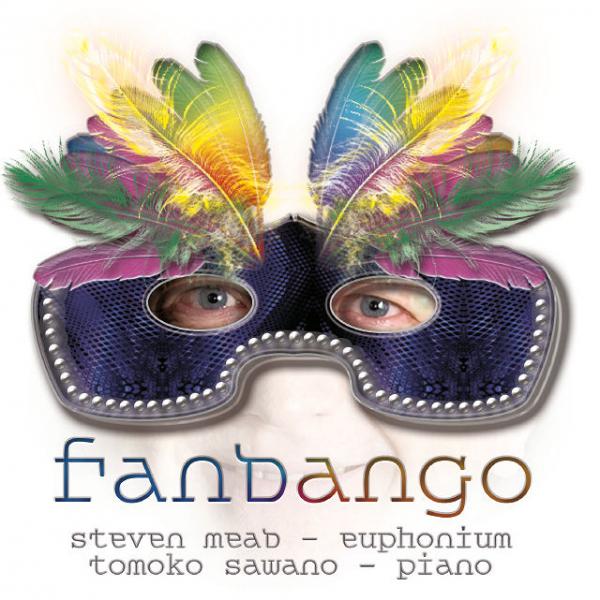
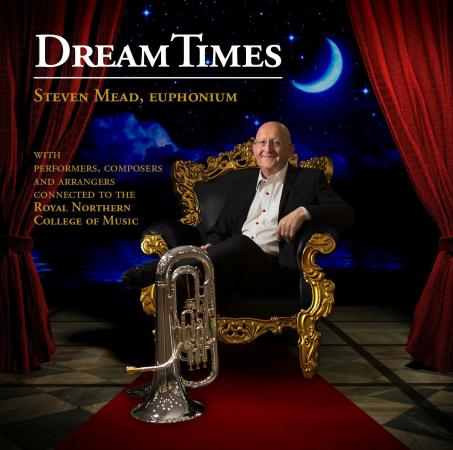
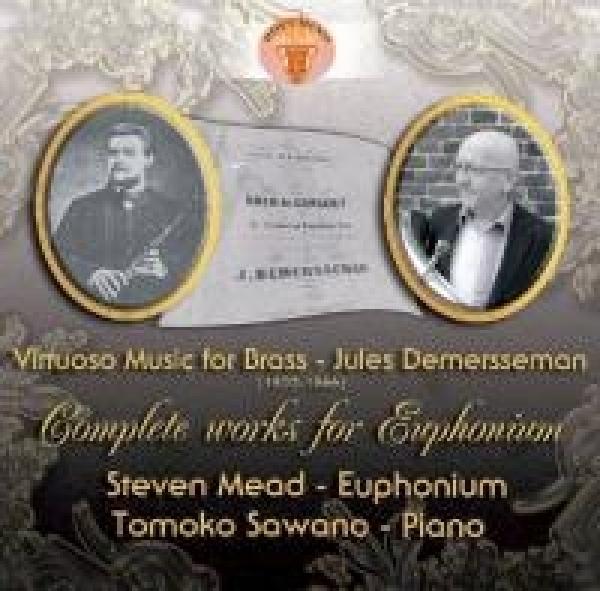
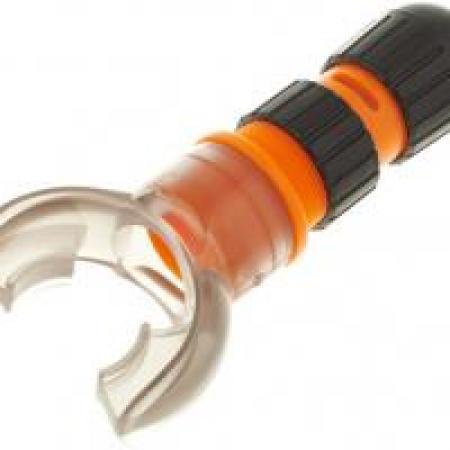
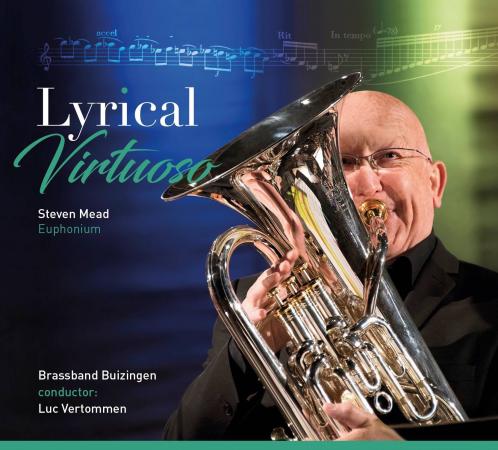
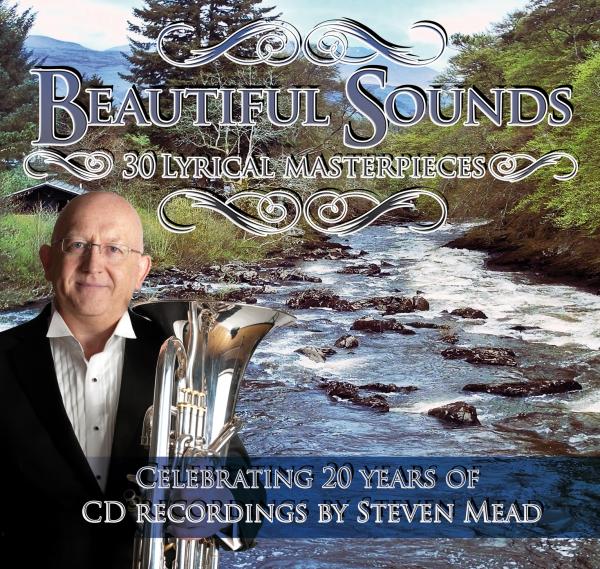
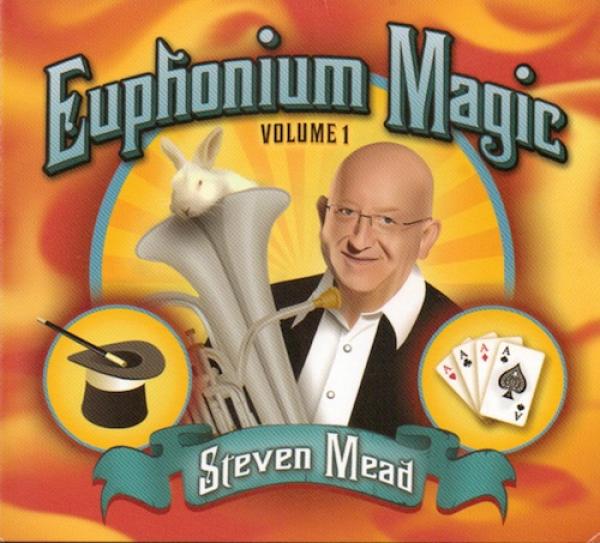
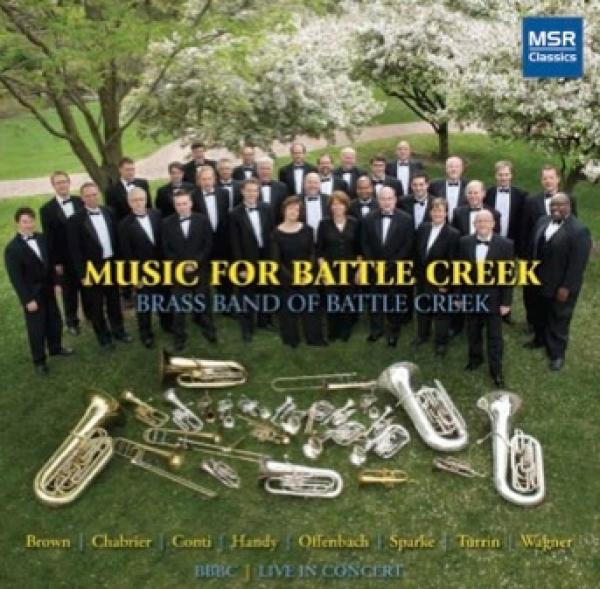
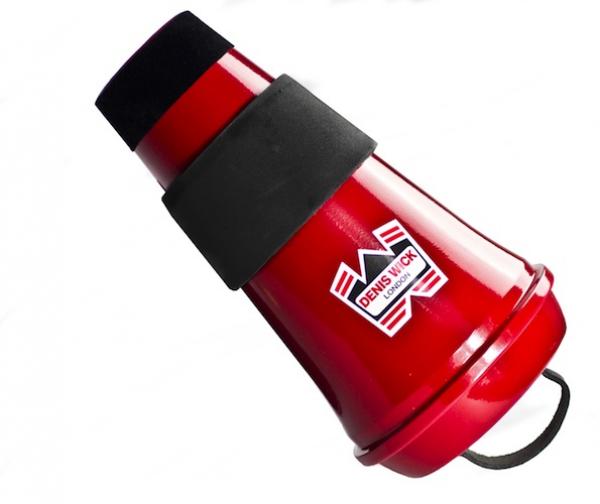
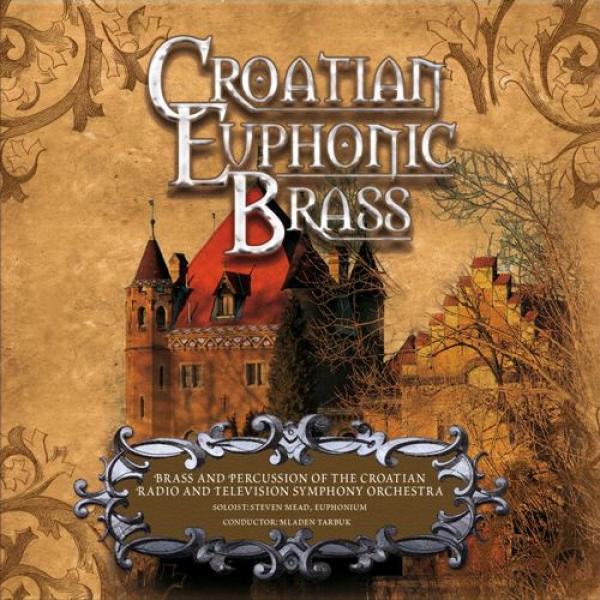
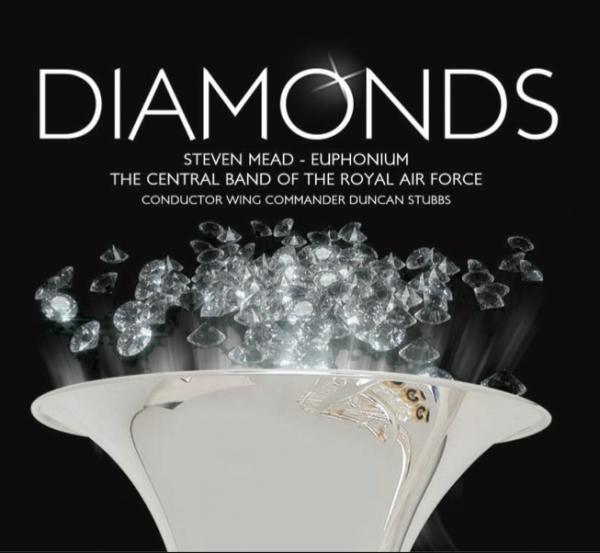
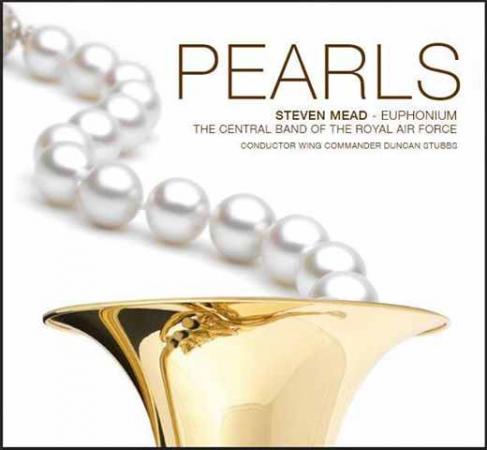
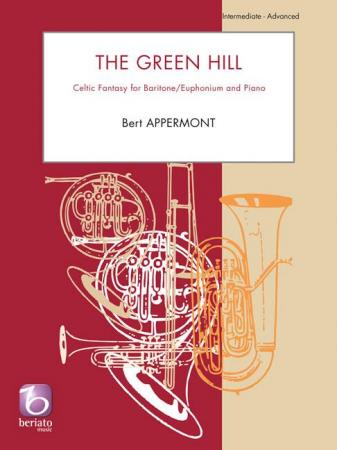

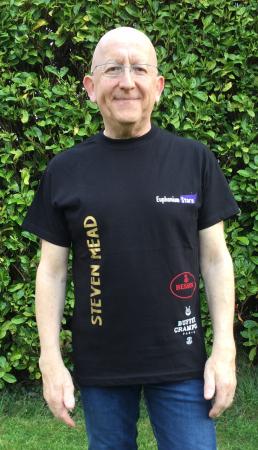
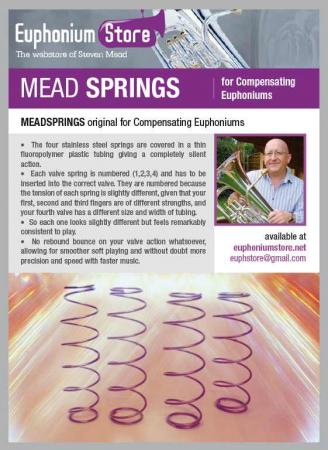

 In stock
In stock